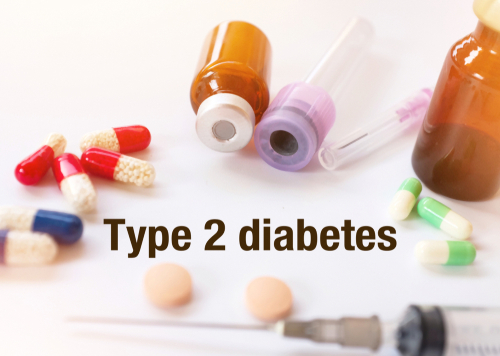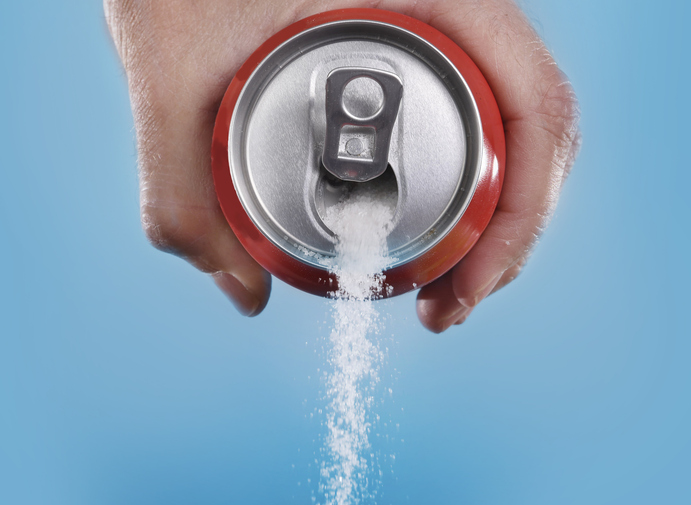
Recent studies have identified type 2 diabetes (T2D) as a significant risk factor for various hand surgical conditions, including carpal tunnel syndrome (CTS), ulnar nerve entrapment, Dupuytren disease, and trigger finger (TF), collectively referred to as diabetic hand syndrome. However, the risk of developing T2D following a diagnosis of common hand conditions like CTS or TF is less well understood.
A recent study conducted in Sweden explored the relationship between these hand conditions and the subsequent development of T2D in adults who were initially free from diabetes. The research was published in Plastic and Reconstructive Surgery—Global Open.
Investigators utilized extensive data from 5 nationwide Swedish registers, encompassing a cohort of 3,948,517 individuals aged 40 to 85 years as of December 31, 2010. These individuals had no prior diagnosis of diabetes and were followed from the baseline date of either their CTS or TF diagnosis or from January 1, 2011, for those without these conditions, until the end of the study period or until they were diagnosed with T2D.
Multivariate Cox regression models were employed to analyze the data. The primary outcome measure was the incidence of T2D, identified through either a formal diagnosis or the prescription of oral antidiabetic drugs or insulin.
Out of 37,346 patients diagnosed with CTS, 1329 (3.46%) subsequently developed T2D, and among 17,432 patients diagnosed with TF, 639 (3.67%) went on to develop T2D. In comparison, 2.73% of the control group developed T2D over the same period.
These results indicate that, when compared with controls, the risk of developing T2D after being diagnosed with CTS or TF increased by 35% and 21%, respectively.
“Given the observational nature of the study,” the authors wrote, “it is essential to note that we cannot establish causal inference or delineate specific pathophysiological mechanisms between CTS, TF, and T2D, despite the results presented.”
As such, the investigators called for future research to include additional variables, including body mass index, alcohol consumption, and smoking, “to improve the models and to adjust for potential confounding.”







 © 2025 Mashup Media, LLC, a Formedics Property. All Rights Reserved.
© 2025 Mashup Media, LLC, a Formedics Property. All Rights Reserved.